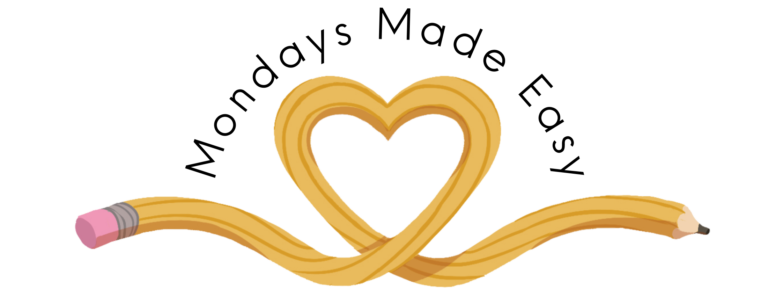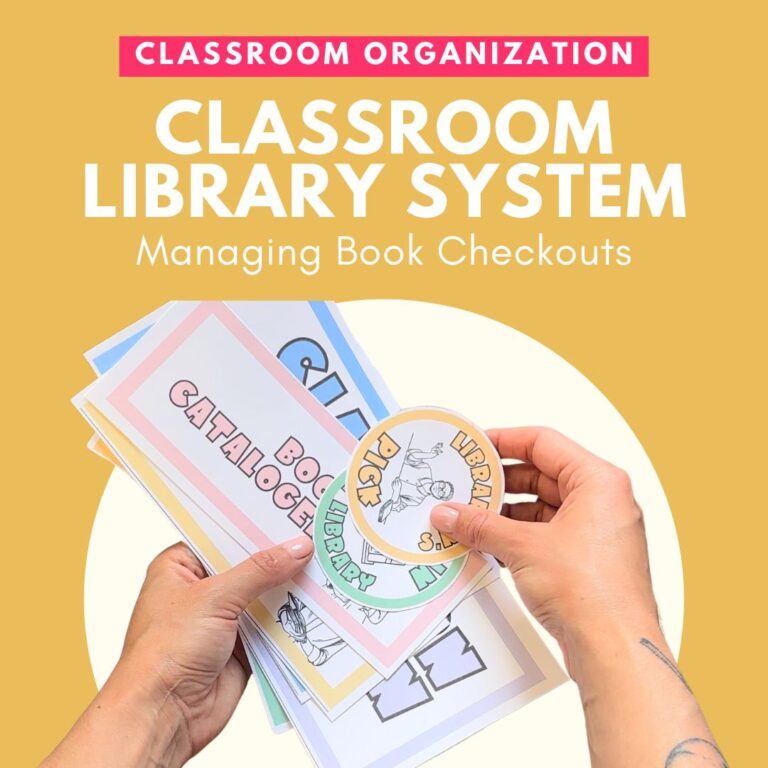Are you looking for a classroom management strategy to keep students engaged during silent work periods? This strategy doubles as a method for building classroom culture, too! I’ve never taught a class that doesn’t benefit from a classroom playlist. Student playlists are a great way to incorporate music into any classroom in a way that supports student learning. This blog post will introduce the benefits of student playlists. Additionally, you will learn different ways that you can introduce a classroom playlist into your learning environment.
How does music enhance learning?
I’ll admit that I’ve always subscribed to the notion that the fewer distractions, the more learning. Because of this, I tend to keep classroom decor simple and anchor charts meaningful. This is why I was surprised to learn that music enhances learning in a number of ways. According to the National Center of Safe and Supportive Learning Environments, music “improves concentration and on-task behavior” as well as “enhances the way children can process language and speech.” What better reason to add a classroom playlist to your classroom routine?
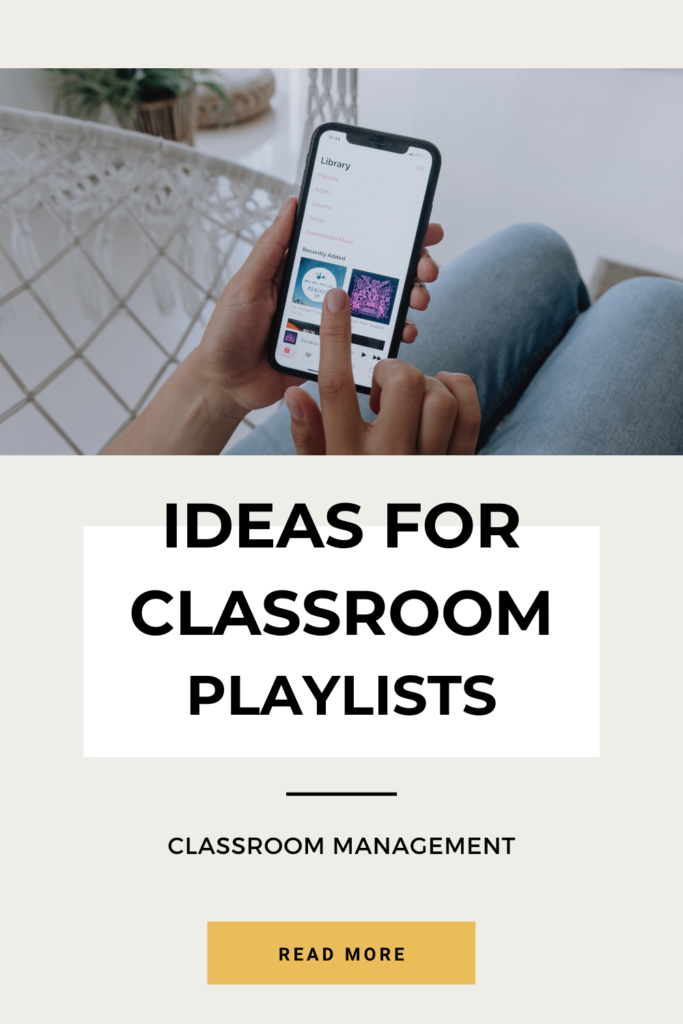
What are some classroom playlist ideas?
You can add classroom playlists to any grade level and in any subject area. You can use them as a classroom icebreaker activity, as a tool to promote focus and concentration, or even as a reflective writing activity. Furthermore, some subjects can even build entire project-based learning assessments around a student playlist! These are not only fun ways to bring students’ interests into the classroom but also an opportunity for cross-curricular learning.
Classroom Playlist Icebreaker
Students may be reluctant to share about themselves on the first day of school. I find this especially true for older students, freshmen, or students who are surrounded by new peers. This is why I love having students create a classroom playlist as a means of getting to know each other.
You can create a collaborative classroom playlist by having each student select a song. With this activity, your class to express their identities through their musical preferences. Additionally, your students can connect with like-minded peers who share similar music interests.
This icebreaker doubles as a writing activity. Your students can write a short paragraph about what the song means to them. I typically reserve their written paragraphs for myself as I find this to be a great way to build confidentiality and trust with students. Given the personal nature of music, I find this activity works best when students aren’t required to share their responses.
After you’ve built this playlist, you can modify it by finding clean versions of any songs with explicit language. Then, use this playlist during classwork periods or downtime.
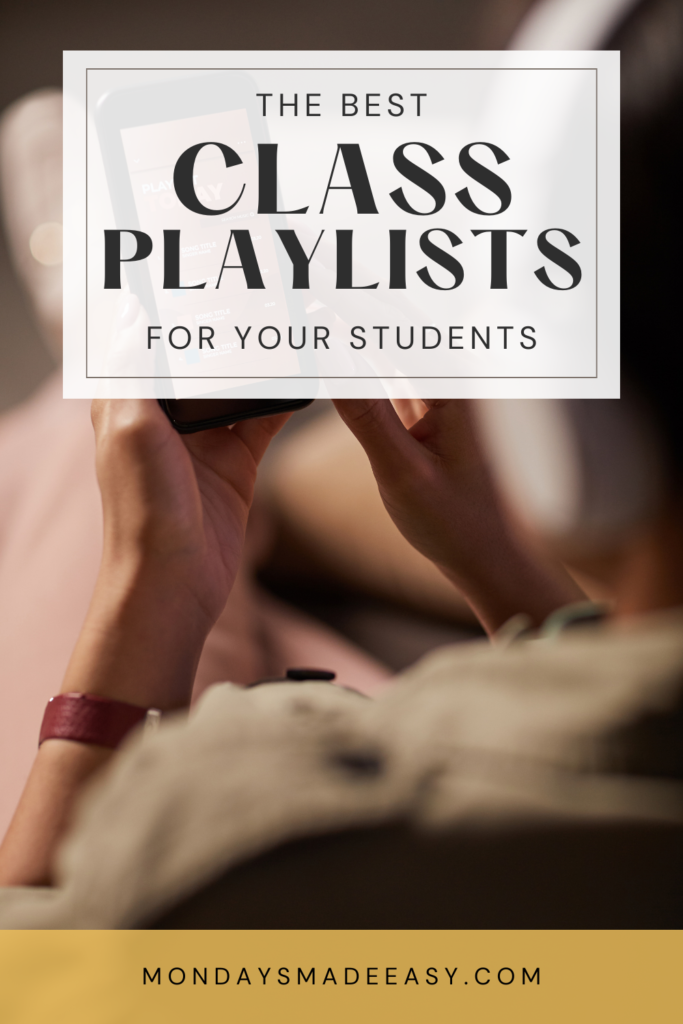
Classroom Playlists for Focus and Concentration
You’ve probably had a student request to listen to music before during a silent work period. Allowing this privilege really is a matter of professional discretion. In my experience, allowing students to listen to their own music has been overwhelmingly positive. While it may not work for every student, it definitely works for a lot of them! I’ve used this as a classroom management strategy to prevent students from chatting and getting off task. I’ve also offered it as an incentive to students to encourage classroom participation during lessons and class discussions.
What about a classroom playlist for class-wide use? This can be a great way to create a warm and supportive learning environment. If you prefer to avoid the music your students have selected, here is a great alternative: video game soundtracks. These soundtracks are not only scored by industry professionals, they’re also developed to promote focus! You probably have a lot of gamers in your classroom – imagine how great it would feel for them to create a connection between their classroom and one of their favorite pastimes.
You can find video game soundtracks on Spotify and Apple Music. Ask your students for suggestions, or compile a soundtrack using recommendations from Forbes, ClassicFM, or PCMag.
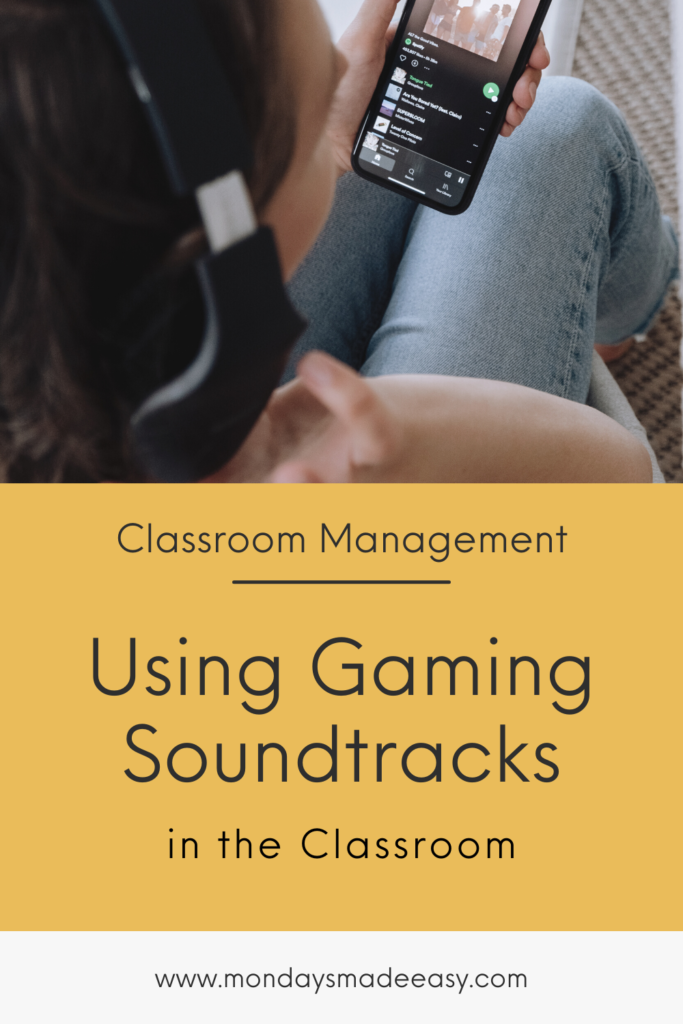
Writing Activities Involving a Classroom Playlist
You can incorporate classroom playlists into your English Language Arts curriculum in a number of ways. One way would be to simply have students select a song and write about the author’s purpose. Another way would be to assign students a playlist, have them select a song, and then have them paraphrase the music lyrics.
For older students, a student playlist is a great way to teach theme. You can brainstorm different themes that are often presented in literature. Then, students can create a playlist with a few songs that discuss this theme. In a written response, students can create a connection between each song on their playlist and the overarching theme.
Finally, classroom playlists are helpful for teaching literary devices. Song lyrics are arguably the best connection between poetry and students’ personal interests. To utilize this, you can assign students a list of literary devices and have students locate a song that exemplifies each device in action. Alternatively, you can have students complete a close reading annotation and analysis of their favorite song, and have them present it to the class while the song plays. You can then create a classroom playlist with each student’s choice, and then save this playlist for work periods during your literary analysis unit.
Classroom Playlist Ideas for Project-Based Learning
Here are a few ways to incorporate classroom playlists into different subjects within your curriculum:
History: Have students study a period or event in history through a classroom playlist. Assign students the task of compiling a playlist that reflects the period that they’re studying. Students can explore the relevance of different genres of music and how they are connected to the culture of the time period. Have them consider the purpose of the music for the society you’re examining. If there are lyrics, students can also unpack their meaning.
Sociology: Have students compile playlists that showcase the music associated with different cultural celebrations. You can share these traditional playlists during downtime or work periods at appropriate times during the calendar year. This is a great way to welcome diversity into your classroom. Students will love seeing their cultures reflected in their learning environment.
English Language Arts: Assign students the task of creating a playlist that reflects an element of a novel or short story. For example, they can compile a playlist based on the novel’s setting by including music that reflects a period in history or a geographic region. My students have also really enjoyed creating playlists that reflect a character of their choice. These playlists are always a creative and fun way to bring a novel or short story to life.
Social Justice: Students can compile playlists that reflect a social issue that is important to them. Alternatively, you can have students collaborate by contributing to a playlist based on an issue that you are exploring as a class. Music is a great tool for fostering empathy and compassion. A playlist can be a great way to explore the emotional implications of issues within society.
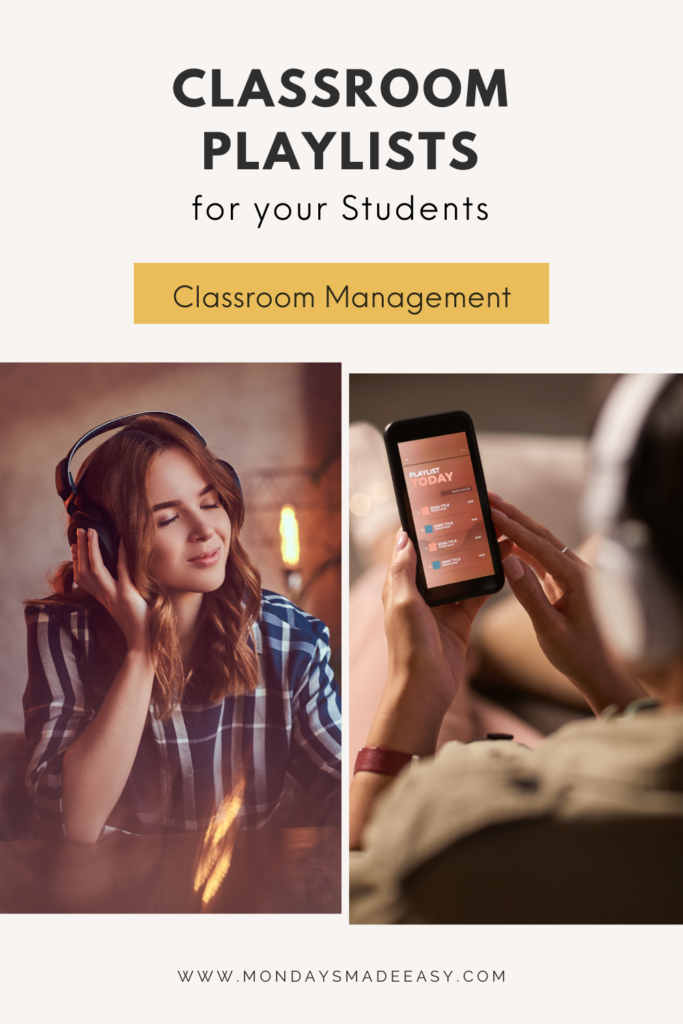
Bringing Music into the Classroom
I hope this blog post has introduced you to a few ways that you can bring music into your learning environment. When implemented in the right way, music can enhance learning and foster classroom community. These classroom playlist ideas are sure to resonate with your students – give one of them a try during your next work period!
